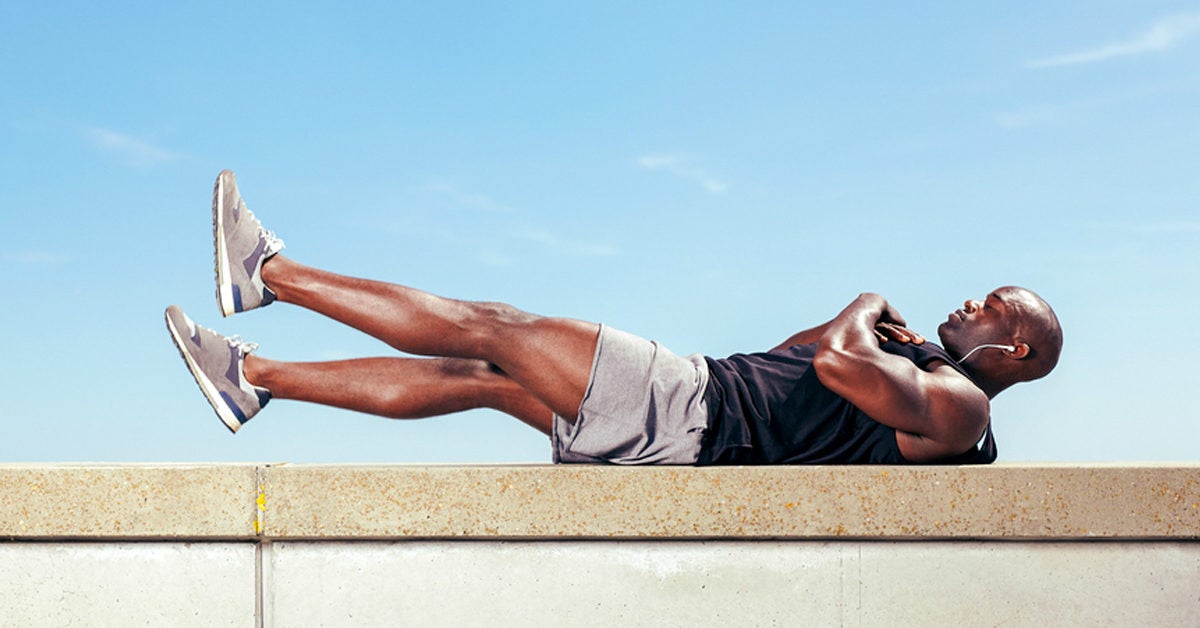
This is because the movements of the arms and legsĬompensate each other so that the body does not roll sideways. The secondary role of the flutter kick is to stabilize the body. The lion’s share of the propulsion is generated by the arms, at least in the front crawl. Studies have shown that in elite swimmers, the legs only contribute about 10% of the propulsion. Have a powerful kick (often made possible by large feet).įrom this, we can conclude that a strong flutter kick is an essential prerequisite for fast swimming, but how much do the legs contribute to the overall propulsion? Indeed, it is common knowledge that world-class swimmers The primary role of the legs in the front crawl is to Contribution of the Flutter Kick to Propulsion The six-beat kick is almost always used by short-distance swimmers, but can also be observed at times with medium-distance swimmers and long-distance swimmers-with a somewhat subdued kick. Ian Thorpe using a six-beat kick during his 400 m freestyle world record swim at the 2002 Commonwealth Games. The downbeat of the right leg occurs during the propulsive phase of the right arm stroke (during the insweep and upsweep phases, to be more precise). In the two-beat kick, you kick once per stroke cycle with each leg. There are also less common four-beat kick variations, but they will not be discussed here. The two most common front crawl kicking rhythms are the two-beat kick and the six-beat kick. This phase of the flutter kick is not propulsive either. The pressure of the water on the ball of the foot and on the toes brings the foot to a neutral intermediate position.

The pressure of the water against the lower leg causes the leg to straighten. The leg begins while the knee is still stretching. This phase isn’t propulsive but prepares the leg for its upward The hip is locked in place while the knee stretches. This is how propulsion is created in the flutter For this reason, while the foot is moving downwards, The foot goes into plantar flexion (meaning the toes are pointed, both by muscle contraction and by the pressure of the water against the foot as it moves downwards.ĭuring this phase, the upper side of the foot is facing downwardsĪnd a little backward. Shortly after that, the knee also bends a little. The downward movement is initiated by a slight flexion of the leg at the hip. As one leg moves downward, the other one moves upward and vice versa. Drop down into on, push up, THREE MOUNTAIN CLIMBERS, and then a tuck jump! Thank me later.The legs are always kept parallel and move in opposite directions. The grand finale! These aren’t just regular burpees, these are LAUREN burpees. Ribbits are optional but extremely encouraged. Keep yourself nice and low, and jump right back into that plank. Stay on your back and scissor (or “flutter”) your legs back and forth- keeping them nice and straight, and close to the ground! We are worrrrking those lower abdominals in this one!įlip it over into a plank position, hop your feet forward to replace your hands. As always, hold your core strong and don’t forget to breathe! Continue to raise and lower your hips, until the last 10 seconds- Squeeze it at the top and don’t drop! Squeeze your glues as you raise your hips off of the floor. Lie on your back with your feet planted on the floor.

After the first round, add a light pair of weights if you have em! Let’s get warmed up! Jump your legs in and out while moving your arms up and down.


 0 kommentar(er)
0 kommentar(er)
